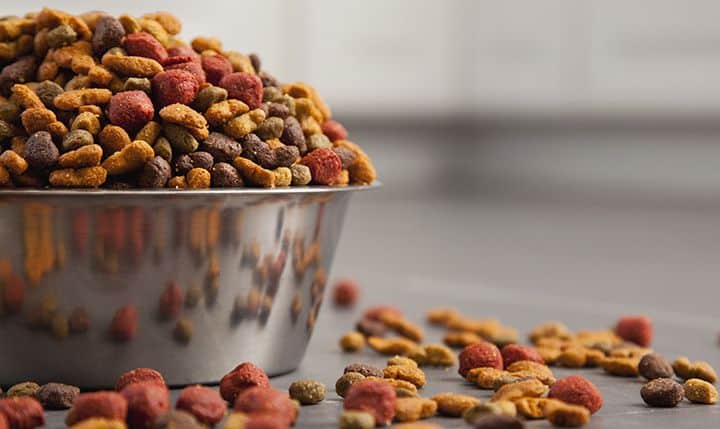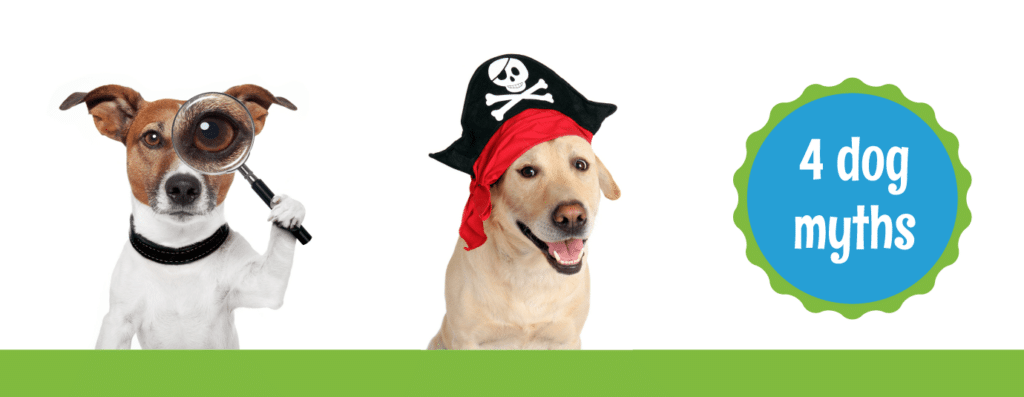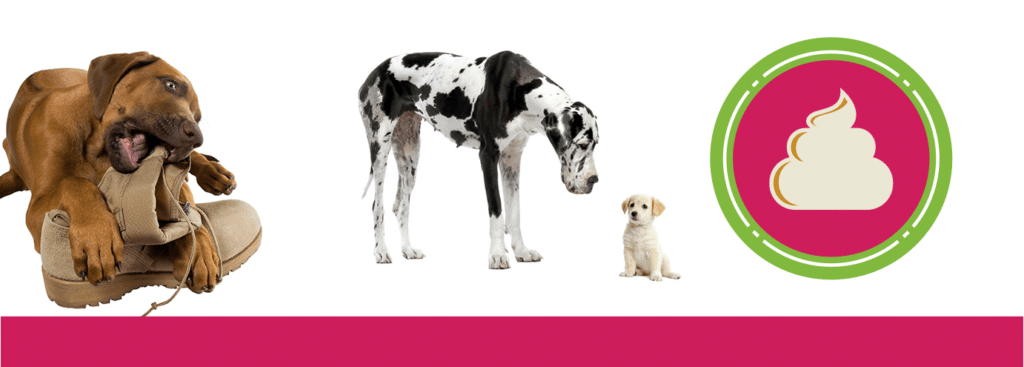Pet Care Advice on Interpreting Nutritional Facts on Your Dog\’s Food Label
An important part of pet care is making healthy choices for your dog. Just like human food, there are healthy and unhealthy options. Making smart choices in the food you buy for your dog helps them live longer, maintain healthy weight, and even improves coat health.
Reading a dog food label correctly is important to determine the quality of the food. This helps pet owners compare brands. Then find the best nutritional and economic decision to make when choosing their dog’s diet.
An analysis of of the protein, fat, fiber, moisture, and other nutrients on a pet food label helps pet owners make informed decisions on what to feed their pets. A rotational diet is another option for your dog\’s pet care.
All dog foods is regulated by the American Association for Feed Control Officials (AAFCO). Human grade pet food is also reviewed by the FDA. Both organizations cooperate for quality assurance.
The AAFCO Guidelines
The AAFCO upholds standards of all animal feed for production, labeling, and sale.
The organization\’s guidelines enforce all pet foods to be labeled and print nutritional facts. The label, or nutritional facts, include a guaranteed analysis and ingredient list. The guaranteed analysis is the weighted concentration of crude protein and fat, and the minimum amount of fiber and moisture.
The ingredient list details every ingredient used. Also included is a feeding guideline to inform on portion sizes varying by your dog’s breed, size, and age. Labels usually include an AAFCO statement explaining that the brand is complete and balanced.
Pet owners need to understand what makes up a complete and balanced meal for their dog\’s pet care. Complete and balanced means that a dog will get all the essential nutrients. Avoiding pet foods with fillers, processed foods, and indigestible carbohydrates is important.
Comparing Brands and Converting to Dry Matter
When shopping around for pet foods, you might want to convert all foods to a dry matter conversion. This will help you figure out the protein per pound ratio more accurately. It will also help you figure out price points.
Dogs are ancestrally predisposed to be carnivores. Meaning that you will want to find dog foods with the most protein per pound. Dogs do need a certain amount of carbohydrates in their diet for fiber. To distinguish a protein per pound ratio, pet owners need to convert canned and wet foods to model dry food.
This is easy. Below is a hypothetical breakdown comparing canned food versus dry food.
Canned Food Conversion
1 can = 80% moisture = 20% dry food matter
Protein = 5%
Divide the protein concentration percentage by the dry food matter percentage. You will want to do this since water inclusion distorts how much protein is included per pound.
5% protein level / 20% dry food matter/ = 25% protein concentration per can.
Next you will want to find out how many cans equal a pound. For the sake of easy math we will say one can equals one pound.
VS.
Dry Food Conversion
1 Serving = 10% moisture = 90% dry food matter
Protein = 20%
Again, divide the dry food matter percentage by the protein concentration percentage.
20% protein level / 90% dry food matter = ~22% protein concentration per serving.
One serving will be equivalent of a pound in this example to again, make the math easier.
In this hypothetical scenario the canned food has more protein per pound than the dry food. This gives you an idea of how to compare different options of dog food. The conversion of all food to dry food matter helps create a standard of comparison.
If you are using a rotational diet you will only need to this with wet and dry foods. Raw or fresh ingredients do not need to be scrutinized since nutrition is not added or processed.
Guaranteed Analysis
You can find the percentage of protein levels in the guaranteed analysis part of the food label. The guaranteed analysis shows the minimum levels of crude protein and fat. Fat content is important for dogs and a recommended level is around 10-15%. Fat is important for cell function and energy.
Also listed in the guaranteed analysis is the maximum levels of fiber and water. Fiber content should be around 4-5% based on your dog\’s age, breed, and size. Most dog foods include some percentage of moisture. Some owners find that dogs are more prone to eat wet foods over dry foods. Broths are also available to help get your dog more willing to the kibbles or dry foods if your dog is picky.
Ingredient List
The ingredient list shows everything included in the manufacturing of the dog food. The first five items on the list make up the majority of the formula. If a protein like chicken, beef, or fish is not listed as the first major ingredient, you may want to choose another food. The further down the ingredient is listed, the lesser the concentration.
Protein and fat are listed as crude sources instead of digestible sources. Digestibility of fats and protein vary depending on their sources. Examine the ingredient lists closely to determine how digestible each food element is. Many food labels have long lists of added nutrition like B vitamins or varying amino acids.
Generally pet owners want these nutrients to be in their dog’s diet naturally. This is why Splash and Dash Groomerie & Boutique recommends a rotational diet for pet care. Pet owners can find an economic choice of wet or dry foods. Then substitute added nutrients with raw and fresh options. This keeps your pet\’s ingestion diverse and healthy.
Feeding Instructions
The feeding instructions chart should be taken as a loose guideline for how much to feed your dog. Pet owners should consult with a veterinarian if their dog is having abnormal bowel movements, is overweight, or underweight.
A dog\’s daily consumption depends on activity, metabolism, environmental temperature, breed, and age. Use the feeding instructions as a starting point. Adjust as needed. Getting some dogs to eat can be a challenge. While other dogs will eat everything in site. Your dog\’s eating behavior should also be a factor in portioning.
Some owners decide to keep their dog\’s bowl filled so a dog can eat at their leisure. Other owners have an enforced feeding time. Choices like these often depend on the temperament of your dog, and the style of feeding structure you think is best.
Be mindful of your dog\’s weight and know what a healthy body mass index for your dog is.
Splash and Dash Groomerie & Boutique Recommendations for Dog Food
The following list are brand recommendations from Splash and Dash based on wellness, balance, and affordability. We feed our dogs these brands, so you know we guarantee them for you and your pooch\’s pet care.
- Whole Earth Farms
- Taste of the Wild
- Wellness
- Innova
- Royal Canin
- Canidae
- Evo
- California Natural



